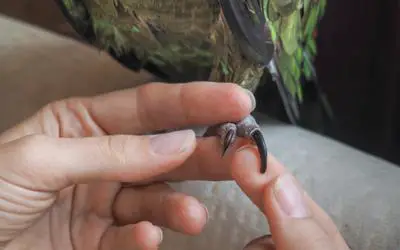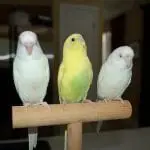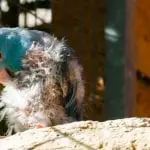Taking care of a pet bird is never the easiest task, but it also isn’t the hardest as well. You would need to learn more about the bird you are taking care of as well as become more knowledgeable about the different ways to help it become cleaner, healthier, and happier. After all, you are not taking care of the bird merely for fun, but you are also providing it a good place to live in for the rest of its entire life. It is supposed to be a give and take the relationship between you and your pet.
When you are taking care of a pet bird, what you should be wary of is its health. Food and vitamin supplements allow it to become healthier, but you also have to consider keeping it well-groomed if you want to make sure it stays healthy. When grooming a bird yourself (especially if there are no nearby vets or pet grooming stores available), you may have to be wary of cutting its nails too close to the point that it may end up injuring the bird and leave it with bleeding nails.
Bleeding nails are somewhat quite common for birds with owners who are not very experienced in that endeavor. A simple mistake or a quick and sudden movement form your bird can lead to bleeding nail. That said, you should know how to stop a nail from bleeding in case you find yourself committing an error that could injure your bird.
Why bleeding nails often occur
Bleeding nails in birds is quite common because of how it can be a bit tricky for the untrained and unexperienced to cut a bird’s nails. Even the most careful and most experienced bird owners can still commit mistakes that could injure a bird and leave its nails bleeding. A lot of owners usually panic when this happens, but the more experienced ones tend to know what to do in this situation.
Your pet bird has a vein in its nail that is often called a quick. It usually is found up to the halfway point of your pet bird’s nail and may be too difficult to spot if you are not looking hard enough. However, a trained and experienced eye will be able to spot where the quick is. Meanwhile, those who are not used to cutting their bird’s nails may not be able to easily spot the quick.
That said, those who end up cutting their bird’s nail too short may expose the quick or even cut through it. When that happens, the exposed vein will allow blood to gush through it and cause the bird’s nail to bleed rapidly. This is something that happens far too common because not a lot of people are able to spot the quick or are too careful enough to avoid cutting too close to it. Even those who are quite careful can still end up cutting the quick if the bird suddenly jerks.
If you happen to cut too close to your bird’s quick and cause its nail to bleed, do not panic because there is a way for you to stop the bleeding yourself without the help of a vet or a bird expert.
Stopping a bleeding nail
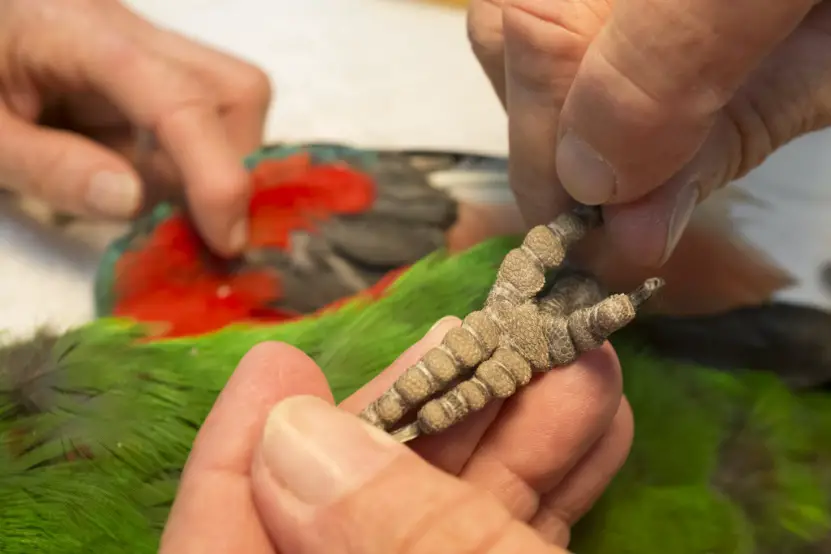
Suddenly cutting too close to the quick and accidentally causing your bird’s nail to bleed can be quite scary, especially if the nail is bleeding at a rapid pace. In some cases, inexperienced owners tend to panic and get stressed in such a situation instead of actually doing something that could help stop the bleeding. However, what you should take note is that the bird will not bleed out. That is the first thing you should keep in mind. Nevertheless, you have to do something to stop the bleeding if you do not want your bird to weaken or to get exposed to possible infections resulting from the bleeding nail. Here are the things you should do:
· Stay calm and do not panic
First off, what you should do is to stay calm in such a situation. Do not panic, or else you won’t be able to take care of the situation in a quick and safe manner. Also, you have to consider the fact that birds are quite receptive to what their owner is feeling. If you are panicking, there is a chance that your bird will also end up panicking as well. Simply put, panicking won’t help the situation at all. Instead, take control of the situation as quickly as possible, or else your bird will end up stressed and weak. Again, panicking will not remedy the situation and will only worsen it.
· Clean the wounded area
After you have already taken control of the situation, you should now start treating the wounded area. First, clean the affected nail to prevent any sort of infection that may arise. This is actually similar to what you would do when you get yourself wounded. However, instead of using a cleaning solution like alcohol, only use lukewarm water when cleaning the affected area. That is because cleaning solutions will sting your bird, who is already under a lot of pain.
The trick here is to clean the nails beforehand even though you are not expecting yourself to commit a mistake. That way, you are already disinfecting all of the nails before you even start to trim them. In this case, you can use cleaning solutions such as alcohol to disinfect the nails because this won’t sting the bird whatsoever since there is no open wound.
· Do whatever you can to stop the bleeding
After cleaning the wounded area, what you need to do is to actually try to stop the bleeding because the affected area will actually start to bleed rapidly. Cornstarch is a good home remedy to use to stop the bleeding. Pour cornstarch in a bowl and then dip the affected area in it. This will clot the blood up and will stop the bleeding quickly. However, if the bleeding still persists, dip the nail some more until the bleeding stops. Make sure that you do not get the cornstarch near the bird’s face because of how this powdery substance can get into your pet’s respiratory system and cause issues that may complicate things.
· Clean the bird cage
After stopping the bleeding, you should clean the bird’s cage to make sure that there are no micro-organisms that could cause an infection. Wash everything inside the cage as the bird’s toys and its perches can be breeding grounds for bacteria that could find their way into the wounded nail.
Place the bird back in its cage and start observing it. It will begin to feel fine after the wound starts healing. Make sure that you keep it away from its nail as there is a chance it will bite it if it begins to itch.
Get professional help
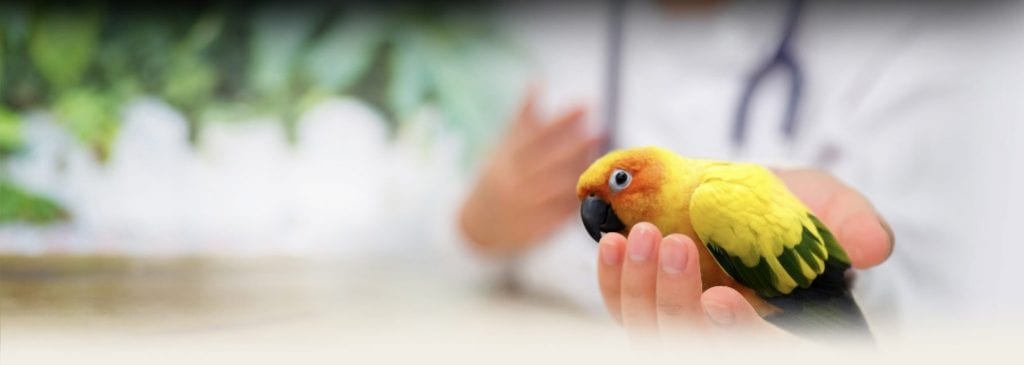
If you are not confident in your own skills, never be afraid to go to a vet and ask for professional help. Always remember that seeking professional help is always the best course of action for you. You should only try to use home remedies in case there is no vet available nearby or if you want a treat the wound first before taking the bird to the vet.
